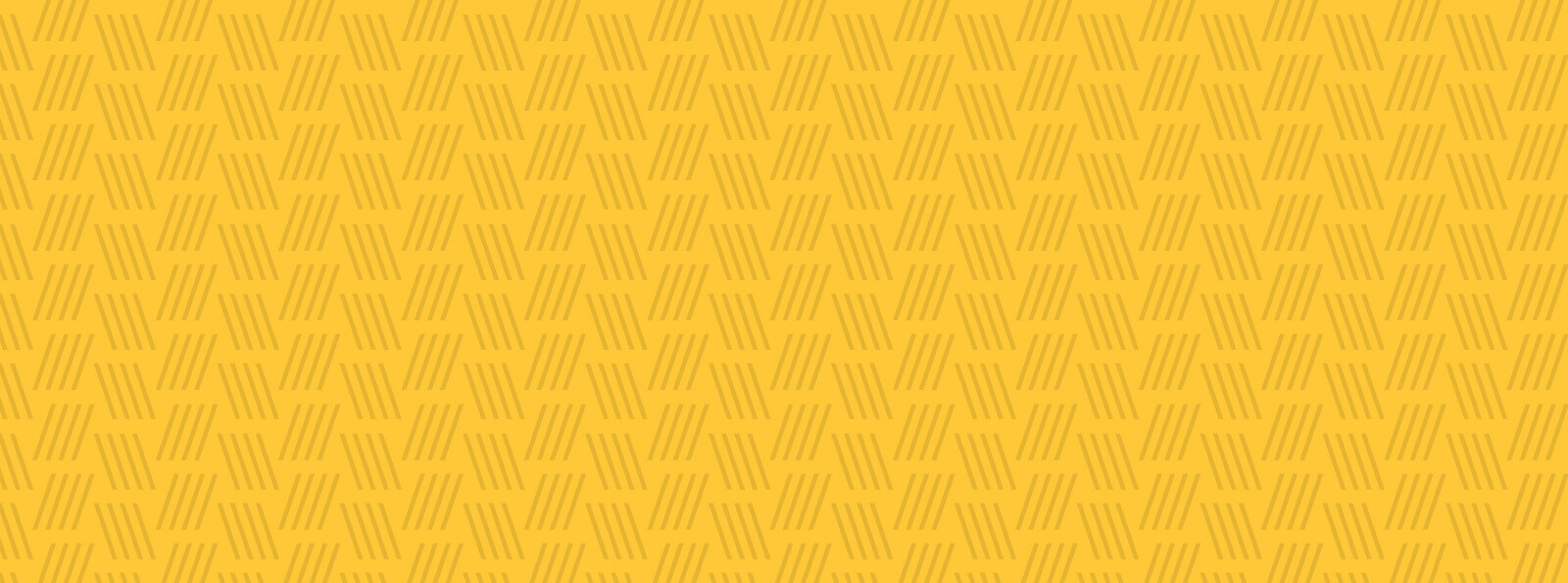About the Artist
Nature has long been the subject of Christine Neill's large mixed-media paintings. She grew up in New England and after initially studying Biologyat Skidmore College, graduated with a BS in Art She found it was a natural transition from the examination of living things in a lab to visualizing those processes as imagery in paintings and prints. She dates her interest in the effects of climate conditions to early studies of biotic habitats. She earned a MFA at MICA’s Hoffberger School of Painting, where she studied with Grace Hartigan.
Neill’s work has been exhibited widely in the United States, as well as France and Japan She is represented by Goya Contemporary and is included in many private and public collections including the Baltimore Museum of Art, The Washington County Museum of Fine Arts and The Katzen Art Center at American University Museum. The honors she has received include a Maryland State Arts Council Fellowship and the Mellon Arts Grant. She is Professor Emeritus from MICA’s Painting Department and lives with husband, designer Lew Fifield, in Baltimore City and the Berkshires of Western, MA.
Christine Neill website View Website
Christine Neill website View Gallery
Artist's Statement
My work chronicles the ephemeral states of the natural world in layered mixed-media paintings. By combining the immediacy of fluid paint mediums with digital processes, I interpret a lifelong fascination of biology and the environment. Through observation of biotic phenomena, I note intersections where environmental and anthropological worlds meet.The effects of environmental changes and invasive specieson human life, and the reaction of earth’s habitatto these threats, underlie my investigations and images. My practice typically involves scrutinizing the landscape for organic matter that suggests human activity or natural events. I then line my studio with the collected specimens, which I research while making a series of drawn studies. Drawings and watercolors are created and, subsequently, segments of digital photos are printed onto the handwork and over painted until all surfaces have a coating of watercolor. As the layers coalesce, they depart from observation in favor of interpretative expression of an observed object. Additionally line drawings are often printed on the framing Plexiglas and separated from the ground by spacers, allowing shadows from the foreground to fall onto the painted and printed surface below. In other works, I employ a laser cutter to incise holes in the paper, representing ruptures in imperiled species. As an artist, I feel compelled to visualize the damaged condition of our environment as I’ve observed and researched. I’m aware how cultures, especially marginalized communities, are inequitably impacted by these perils.This workcelebrates the intricacies of thriving ecosystems yet laments threatened species. Such dichotomies, in nature as in art, bind us together as living entities in, on, and of the earth.

